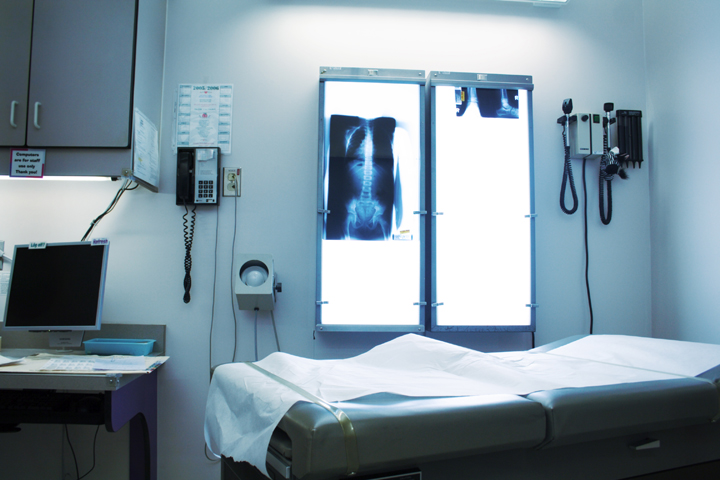
THURSDAY, Jan. 27 (HealthDay News) — U.S. health authorities on Thursday issued an “interim guidance” to help doctors and patients using Truvada, the once-a-day combination pill that was shown in November to help prevent the spread of HIV in high-risk individuals.
The guidance, from experts at the U.S. Centers for Disease Control and Prevention, stresses that only gay and bisexual men at high risk for contracting the virus — the same population included in the study — should use the pill.
When used as a preventive agent, the medication should only be given to men who are currently HIV-negative and only as part of a larger prevention plan that includes testing for other sexually transmitted diseases, counseling and using condoms faithfully.
“While we think this is really a very important new tool in HIV prevention, it has only been proven safe and effective with men who have sex with men, so at this point we don’t feel we have the information to discuss its use for anyone other than [this group],” said Dr. Dawn Smith, lead author of the new guidance, which appears in the Jan. 28 issue of the CDC journal Morbidity and Mortality Weekly Report.
Even for highly sexually active gay and bisexual men, “it’s not the first line of prevention,” Smith said. “It’s meant for men who are unable to successfully, consistently use standard methods of reducing their risk of acquiring HIV.”
In essence, Truvada is “meant to function as a safety net in addition to those methods. So if a man can’t use condoms consistently then maybe [Truvada] would be helpful while they improve condom use,” Smith said.
Truvada is a combination of two anti-HIV drugs, emtricitabine (Emtriva) and tenofovir (Viread), included in a once-a-day pill. The pill is already available by prescription as a treatment for HIV infection.
A study published Nov. 25 in the New England Journal of Medicine found that it cut the risk of HIV infection by almost 44 percent in those at highest risk for contracting the virus, namely sexually active gay and bisexual men.
The risk reduction climbed to nearly 73 percent among study participants who took the pill 90 percent of the time, the researchers added.
Both the treatment and the control group in the study also received intensive counseling on safe sex practices and were given condoms (about 500,000 condoms were distributed throughout the course of the trial).
Men in the study reported having had an average of 18 sexual partners in the previous 12 weeks.
Another expert agreed, however, that Truvada is not meant to supplant the condom.
“There has always been a concern that people will see this as an either/or proposition [pill or condom] but it’s clearly ‘and,'” said Dr. Michael Horberg, director of HIV/AIDS at Kaiser Permanente Health Plan.
“A lot of organizations such as ours have strategized how best to interpret the study results and we totally agree with the considerations of the CDC,” he said.
At the time the study was released, the CDC issued “immediate cautions” with similar but less specific recommendations.
This interim report includes more specific information, including getting tested and receiving safe-sex counseling every two to three months while on the medication.
The guidance is intended to fill a gap until formal U.S. Public Health Service guidelines are issued hopefully later this year, Smith said.
“We’re working on the first draft of the formal guidelines but, because they involve other Health & Human Services agencies and a public comment process, we don’t expect them until later this year,” said Smith, who is a biomedical intervention implementation officer at the U.S. National Center for HIV/AIDS Prevention, part of the CDC.
One cloud in the silver lining: A year’s worth of Truvada totals more than $10,000 a year, and that is the discounted rate. Generic versions are available in some countries (not the United States) for as low as $500 a year.
More information
There’s more on HIV/AIDS at the CDC.

